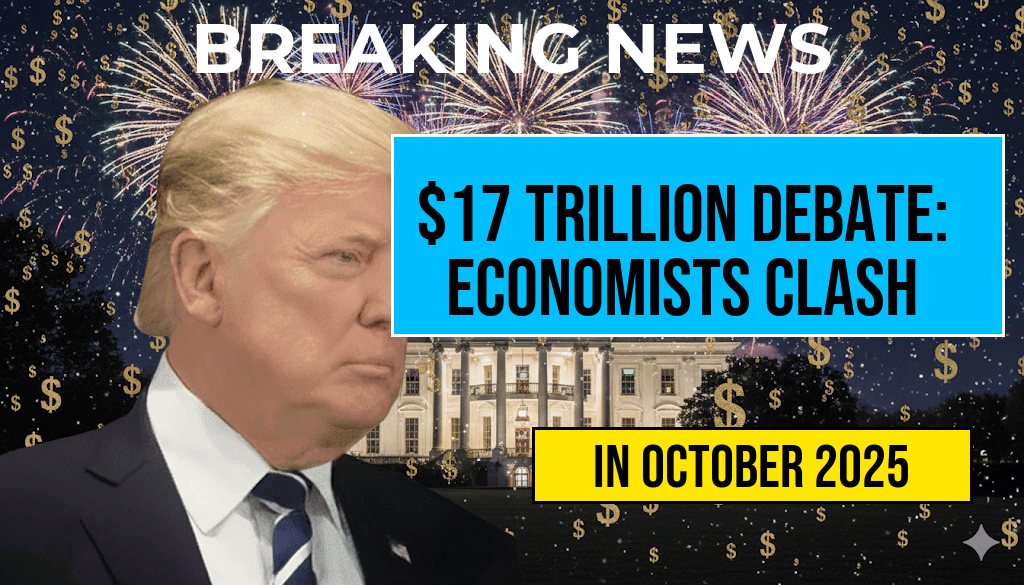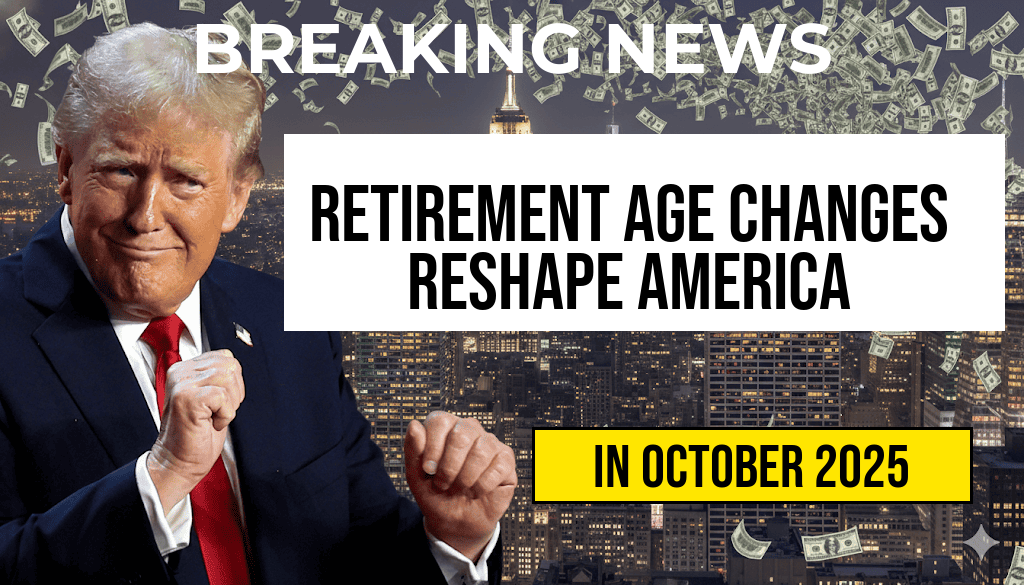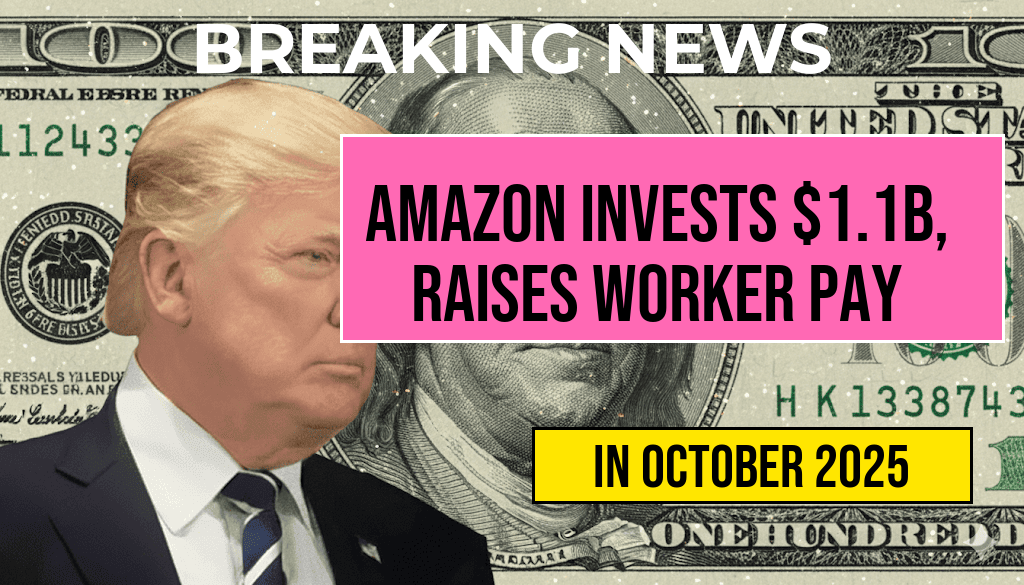The ongoing debate over President Trump’s global investment estimates has ignited a fierce clash among economists, policymakers, and financial analysts. At the heart of the controversy is the claim that Trump’s administration projected approximately $17 trillion in foreign investments attributed to his policies—an assertion that some experts argue is overstated or misinterpreted. While supporters cite these figures as evidence of a strong economic rebound driven by deregulation and trade negotiations, critics question the methodology behind the estimates and warn of potential overestimations that could distort public understanding of the actual economic impact.
Context Behind the $17 Trillion Figure
The figure emerged from a series of government and private sector reports analyzing shifts in foreign direct investment (FDI), stock market inflows, and international trade patterns during Trump’s tenure starting in 2017. Proponents highlight that this sum encompasses new investments, increased repatriations, and improved investor confidence attributable to policy changes such as corporate tax cuts and deregulation efforts. According to official statements, these policies fostered a more attractive environment for foreign capital to flow into the U.S., contributing to a significant boost in the country’s global financial footprint.
Core Arguments from Supporters
Economic Growth and Investment Surge
Supporters assert that the $17 trillion figure reflects tangible outcomes from the administration’s economic strategy. They point to data indicating a rise in foreign direct investment, with inflows reaching their highest levels in over a decade during Trump’s term. For instance, the U.S. Commerce Department reported a notable increase in FDI in certain sectors like manufacturing and technology, which they argue demonstrates a reinvigorated global confidence in the American economy.
Repatriation of Capital
Another key component cited by advocates is the repatriation of foreign earnings. The 2017 Tax Cuts and Jobs Act included a one-time tax on overseas profits, encouraging multinational corporations to bring back trillions of dollars held abroad. Estimates suggest that approximately $3 trillion of these funds re-entered the U.S. economy, fueling investments across various industries and contributing to the total figure.
Critics Question the Validity of the Estimates
Methodological Concerns
Many economists and financial analysts challenge the accuracy of the $17 trillion claim, arguing that it conflates several different metrics and timeframes. Critics emphasize that the figure aggregates diverse data sources, including stock market gains, corporate investments, and international trade flows, without clearly defining the boundaries of what constitutes “investment” attributable solely to Trump’s policies.
Moreover, some experts point out that global investment patterns are influenced by multiple factors beyond U.S. policy changes, such as global economic recovery, commodity prices, and geopolitical stability, which complicates attempts to isolate the impact of a single administration.
Overestimation Risks
| Source | Estimated Investment Impact | Methodology |
|---|---|---|
| Government Reports | $17 trillion | Aggregated FDI, stock market inflows, repatriated earnings |
| Independent Economists | $8–10 trillion | Adjusted for confounding factors, focusing on net new investment |
| Critics’ Analysis | Possibly overstated by 50% or more | Separates policy effects from other global economic influences |
Some analysts warn that the overestimation could mislead policymakers and the public about the true scale of economic gains, potentially impacting future investment decisions and political narratives.
The Broader Implications of the Debate
Policy Evaluation and Public Perception
The controversy underscores the challenge in measuring economic success in terms of foreign investments, especially when figures are used to justify policy effectiveness. Accurate assessments are crucial for shaping future strategies and ensuring transparency in government reporting.
Global Economic Context
International markets are inherently complex, and attributing large-scale investment shifts to a single administration oversimplifies the multifaceted nature of global finance. Factors such as China’s economic policies, European Union trade dynamics, and emerging markets’ growth heavily influence foreign investment flows into the U.S.
Expert Opinions and Future Outlook
Leading economists like Dr. Laura Chen of the Wikipedia Economics Portal emphasize caution when interpreting large aggregate figures. She notes, “While policy changes can certainly influence investor behavior, isolating their specific impact requires nuanced analysis and transparent methodology.”
As the debate continues, stakeholders are calling for standardized metrics and clearer reporting standards to better understand the true scale and sources of foreign investment in the U.S. Market analysts suggest that upcoming economic data, including quarterly FDI reports and trade balances, will shed more light on the actual effects of Trump-era policies.
For now, the $17 trillion figure remains a focal point of partisan and expert discussion, highlighting the ongoing challenge of translating complex economic data into digestible narratives. As policymakers and analysts navigate these debates, the importance of precise measurement and honest reporting comes into sharper focus.
Frequently Asked Questions
What is the main focus of the debate regarding Trump’s global investment estimates?
The debate centers on the accuracy and implications of President Trump’s claimed $17 Trillion in global investments, with economists analyzing whether these figures are realistic or inflated.
How do economists differ in their opinions about Trump’s investment estimates?
Some economists believe Trump’s figures are overestimated and lack supporting data, while others argue they reflect a significant increase in global investment driven by his policies.
What are the potential economic impacts of overestimating global investments?
Overestimating global investments could lead to misleading policy decisions, misallocation of resources, and inflated expectations that may not materialize, ultimately affecting market stability.
Why is the figure of $17 trillion considered a contentious issue among experts?
The figure is contentious because it involves complex data interpretation, potential methodological differences, and political implications that influence how the number is perceived and used in policy debates.
What should policymakers consider when evaluating estimates of global investment like the one discussed?
Policymakers should consider the source of data, methodology, and context behind such estimates, ensuring they base decisions on verified information rather than inflated or biased figures.








